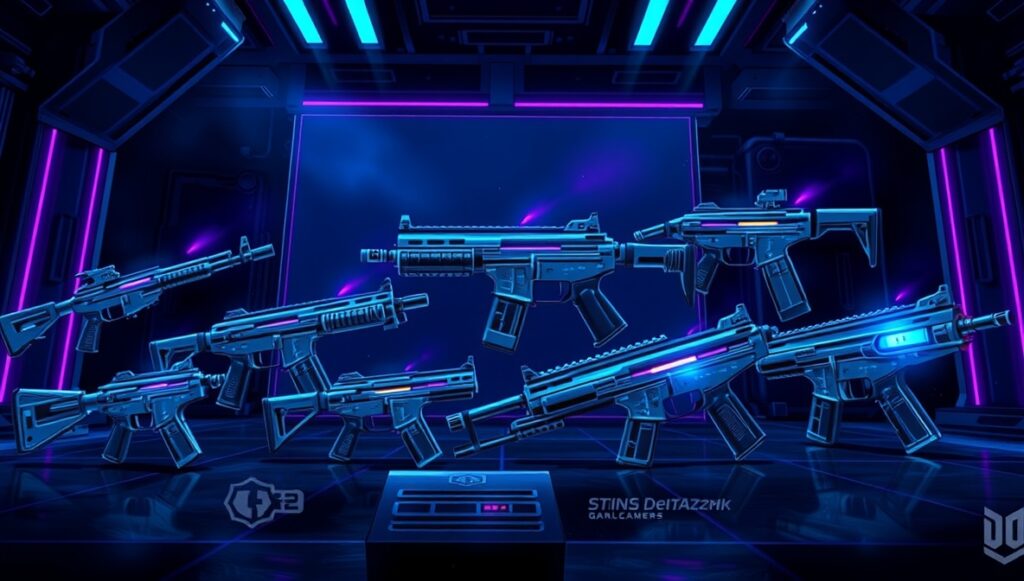
The rare skin economy in CS2 is a complex and volatile market shaped by supply-demand dynamics, in-game mechanics, and developer policies. Rare skins, such as knives and gloves, are distinguished by their scarcity, visual appeal, and perceived prestige, driving high demand and prices.
In October 2025, a major update from Valve dramatically restructured the skin economy by introducing a crafting system allowing rare knives and gloves to be created from multiple less rare skins. This innovation significantly increased the availability of previously ultra-rare items, collapsing their market prices by up to 85% overnight and reducing total market capitalization by billions of dollars.
Prior to this update, the rare skin market functioned similarly to collectibles or investment assets, with limited supply sustaining high valuations. After the update, the shift toward more accessible and reproducible items moved the market closer to mass production with predictable pricing, erasing much of the rarity premium.
This economic transformation has major implications for traders, investors, and collectors. While new players benefit from easier access to high-value skins, long-term holders face substantial losses. The market now requires more active monitoring, diversification strategies, and adaptation to changing dynamics influenced heavily by developer decisions.
Understanding the fragile nature of rare skin economics in CS2 highlights the importance of caution when treating these items as investment assets and emphasizes the role of ongoing updates in shaping market stability.





